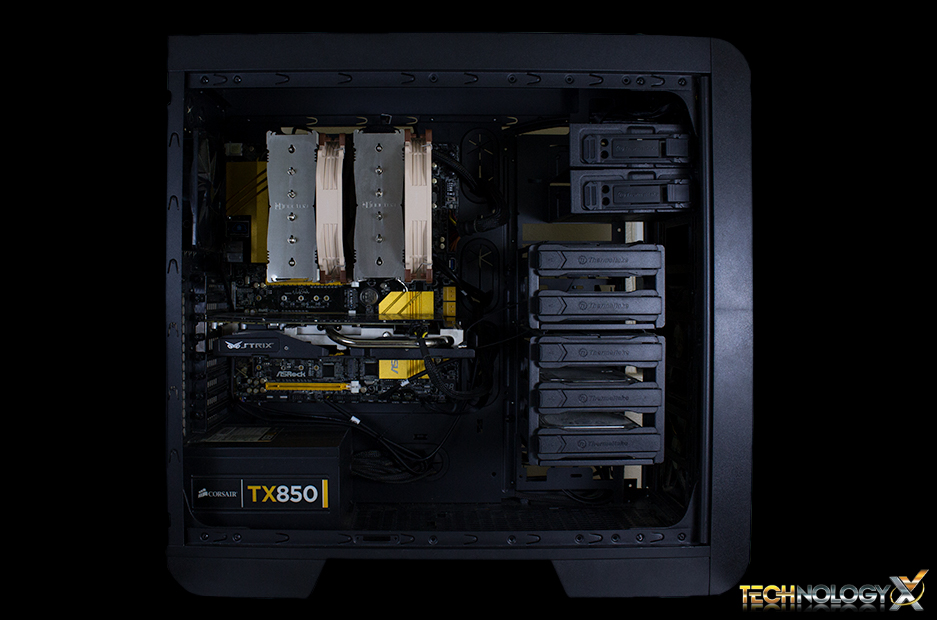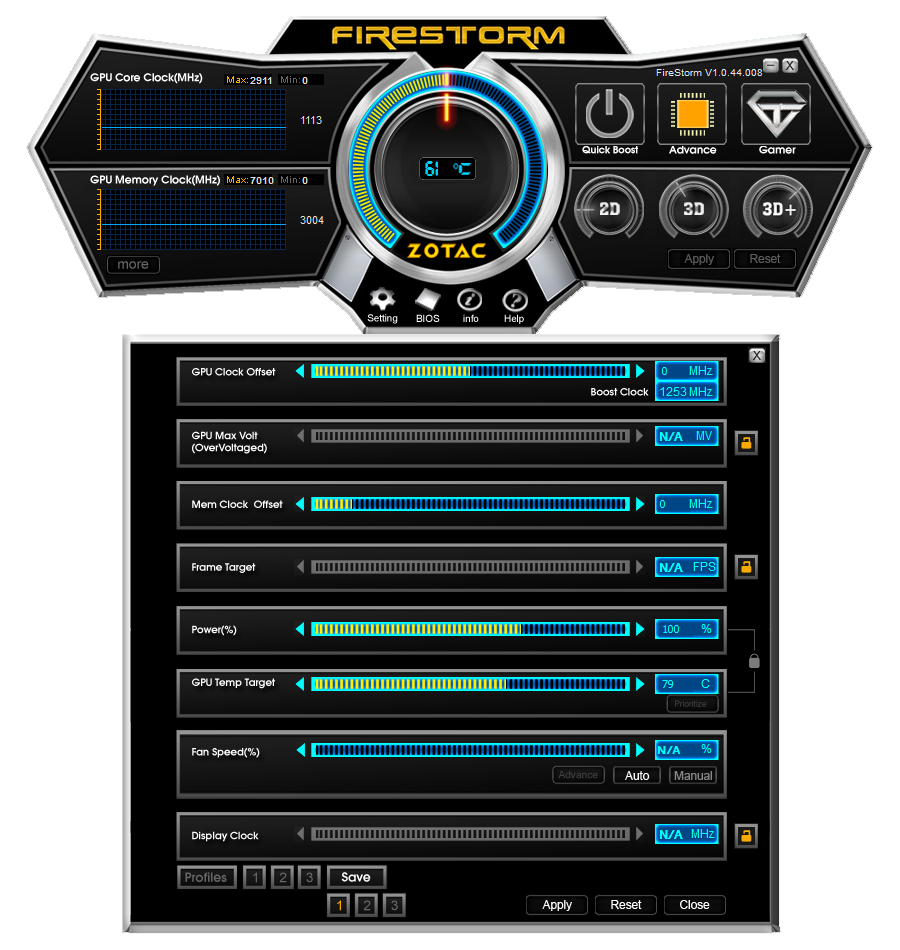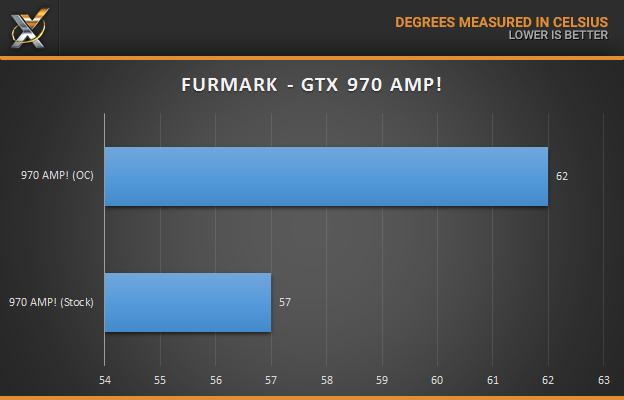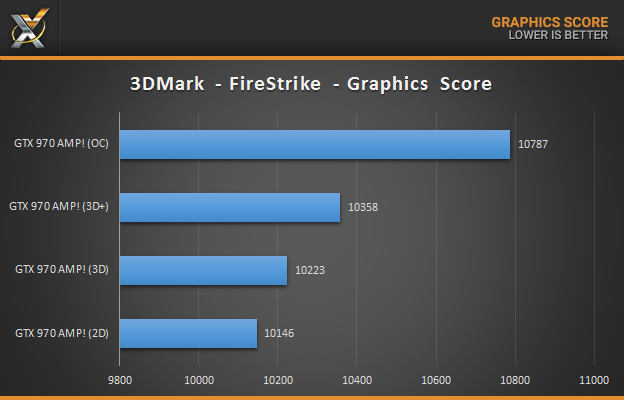TECHNOLOGY X TESTING PROTOCOL
At Technology X, we test our graphics cards slightly different depending on the purpose of the product, whether it’s for an entry-level user or if it’s for an extreme gamer. Throughout all of our testing, we ensure that our system has been optimized with our SSD Optimization Guide. Benchmarks of the products we test are that of brand new products. This means that the product has not been used previously, except possibly for some initial testing performed by the manufacturer. The purpose of this is so that we can verify that the manufacturer’s specifications match the product. Additionally, we also try to include links to the benchmarks used in our report so that you, as the reader, can replicate our tests to confirm that your graphics cards is as awesome as it should be!
TECHNOLOGY X TEST BENCH
All of the components we use for testing are standard off-the-shelf PC components from major manufacturers, which can be purchased at a variety local retailers and online. We’ll also provide links to our components for those of you that find an interest in our equipment.
We’d like to thank Intel, ASRock, and Crucial for providing vital components in this test bench, without which this report would not be possible. Check out our review of the Intel Core i7 5960X, ASRock X99 OC Formula, and the Crucial Ballistix Elite DDR4-2666 memory kit, used in this report.
| PC CHASSIS: | Thermaltake Core V51 |
| MOTHERBOARD: | ASRock X99 OC Formula |
| CPU: | Intel Core i7 5960X @ 4.4GHZ OC |
| MEMORY: | 16GB Crucial Ballistix Elite DDR4-2666 |
| CPU COOLER: | Noctua NH-D15 |
| POWER SUPPLY: | Corsair TX850 v2 |
| GRAPHICS CARD: | N/A |
| STORAGE: | ADATA 1TB Premiere Pro SSD |
TESTING METHODOLOGY
When we test various PC hardware, we like to use benchmarks that are really available for you to download and test for yourself. In our analysis today we will be using 3DMark , and FurMark, while also measuring the performance of the card while running a variety of games. During the game we run FRAPS, which is a useful tool for measuring and logging the FPS (frames per second). We’ll also do some overclocking using Zotac’s software, and will validate our settings using FurMark for stability and thermal testing. The games will be running include Crysis 3, Tomb Raider (2013), Grand Theft Auto V, Call of Duty Advanced Warfare, and Witcher 3.
What about the new drivers? Well you could let Windows go online and find the driver for you and leave it at that. However, it is a better idea to install the driver from the manufactures website. With NVIDIA, you can also download a new tool called NVIDIA GeForce Experience. This easy to use tool manages your graphics card driver and keeps it up to date. You can even set it to update your card to the newest beta drivers, however this is not recommended for new users.
OVERCLOCKING AND COOLING PERFORMANCE
ZOTAC FIRESTORM
Firestorm is Zotac’s custom graphics card overclocking, tuning, and monitoring utility, which makes it easy to fine-tine your graphics card’s performance and get the most out of your hardware.
The overclocking process is quite easy, using Zotac’s Firestorm we slowly increased the Core Clock Rate by 10 MHz. Once we have a stable Core Clock Rate, we adjusted the Memory Clock Rate the same way, until the card runs stable without seeing artifacts and crashing. In out time tweaking, we were able to get fairly solid results, with a Boost Clock increase from the stock 1304MHz to 1370MHz, and a Memory Clock increase from 7010MHz to 7320MHz. This represent about a 5% increase in theoretical performance, we’ll see in our tests if this is represented in actual game tests.
Disclaimer: Essentially Tech Media Corp. takes no responsibility for any damage caused to your graphics card by overclocking. This is, by no means, a guide to overclocking a graphics card.
FURMARK
To test our GPU’s cooling and validate our overclock we use FurMark’s ‘Burn-In Test’ at 1080p. This is an incredibly strenuous benchmark and will top out our GPU’s thermal limits, allowing us to test its cooler’s capacity. While all tests were done, our Ambient Temperature was approximately 28C, with our Intake Air Temperature floating just above that at around 29C. We let the Burn-In Test run fully for 30 minutes before recording our final temperature results.
In our cooling test we can see the card’s triple-fan cooling solution is able to cool the GPU quite effectively, even while overclocked. Our maximum recorded temperature was only 62C or just about ~33C over our intake air temperature. These results are fairly impressive, and definitely in line with what you’d expect from a non-reference GTX 970 with a cooler of this type. In fact, we’d say there’s probably quite a bit more thermal headroom left for increased overclocking, this is of course if the silicon itself allows.
FUTUREMARK 3D MARK – FIRE STRIKE
Lastly is Fire Strike, a graphics-intensive test that pushes your graphics card to the limit. It is highly not recommended to use this test on anything other than a dedicated graphics card. Fire Strike is incredibly graphics-intensive, and exhibits many advanced DirectX 11 features such as Tessellation and Ambient Occlusion, and features very high-resolution textures, as well as advanced particle and physics effects such as smoke and lava.
For this test, we decided to compare the different tuning presets available with Zotac’s Firestorm Utility as well as our own OC profile. We can see that the difference between our overclocked configuration and the best profile is just over 200 points, which for this test can actually be pretty significant. We’ll have to see if this becomes a trend in our game tests.
 Technology X Tomorrow's Technology Today!
Technology X Tomorrow's Technology Today!




